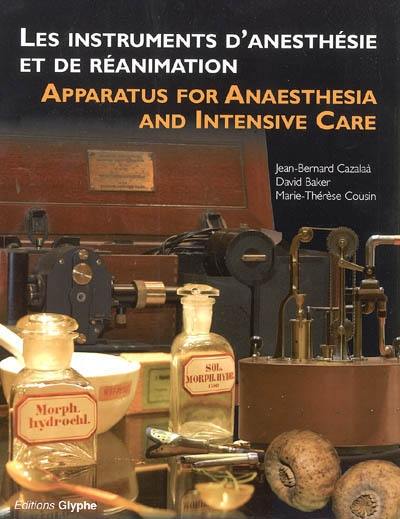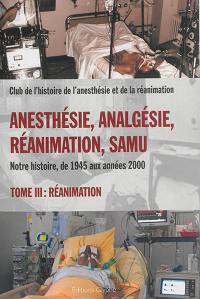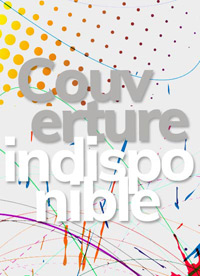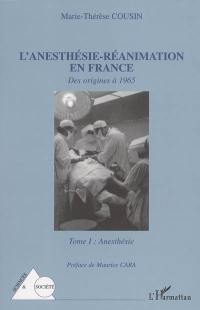
Fiche technique
Format : Relié
Nb de pages : 157 pages
Poids : 1210 g
Dimensions : 24cm X 30cm
EAN : 9782911119682
Les instruments d'anesthésie et de réanimation
France, Allemagne et Royaume-Uni (1847-1970)
Quatrième de couverture
Les instruments d'anesthésie et de réanimation, 1847-1970
Le 16 octobre 1846, William T. G. Morton, un dentiste, effectuait la première anesthésie générale publique au Massachusetts General Hospital de Boston. Le monde chirurgical changeait d'époque. Finies les douleurs abominables, les exérèses à l'arraché. L'opéré dormirait désormais dans des vapeurs d'éther sulfurique.
Dans le monde entier de nombreux appareils furent inventés et les techniques évoluèrent en fonction des nouveaux anesthésiques et des complications rencontrées. Une véritable saga commençait. L'avènement du « circuit fermé » et de la ventilation artificielle consacra une véritable spécialité médicale et offrit à la narcose un nouveau départ et une sécurité inégalée jusque-là. Quant à l'automatisation et l'électronique, elles étaient encore à venir...
L'ouvrage Les instruments d'anesthésie et de réanimation - France, Allemagne, Royaume-Uni (1847-1970) rassemble plus de cent cinquante appareils exposés durant le World Congress of anaesthesiologists en 2004 à Paris.
Il manquait un véritable panorama du matériel d'anesthésie et de réanimation. Cette collection d'images aidera les étudiants, les spécialistes et les historiens à mieux connaître cette merveilleuse aventure.
Apparatus for anaesthesia and intensive care, 1847-1970
In October 1846, William T.G. Morton, a dentist, performed the first public anaesthesia at the Massachusetts General Hospital in Boston. It was the end of abominable pains and swift excisions. From then on, the patient would sleep under the influence of sulphuric ether.
All over the world, numerous apparatus were invented. The techniques evolved and complications were encountered with the appearance of new anaesthetic agents. A real saga began. Then, closed circuit and artificial ventilation became a real medical specialization, offering narcosis a new start and increasing safety. Automated and electrical devices would come later.
Apparatus for Anaesthesia and Intensive Care - France, Germany, United-Kingdom (1847-1970) gathers more than one hundred and fifty machines presented during the 2004 World Congress of Anaesthesiologists in Paris.
Such a survey of the equipment used in anaesthesia and intensive care is timely. The collection of images, backed up by authoritative texts, will delight students, specialists and historians.








